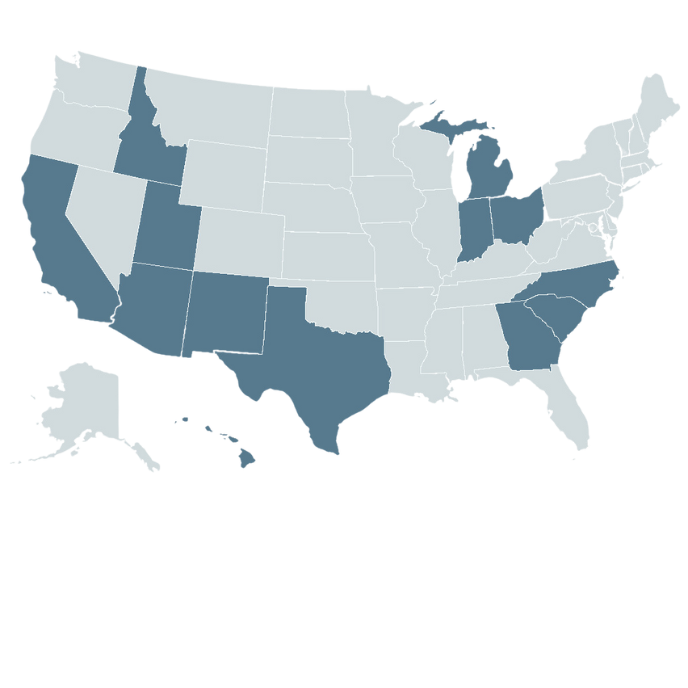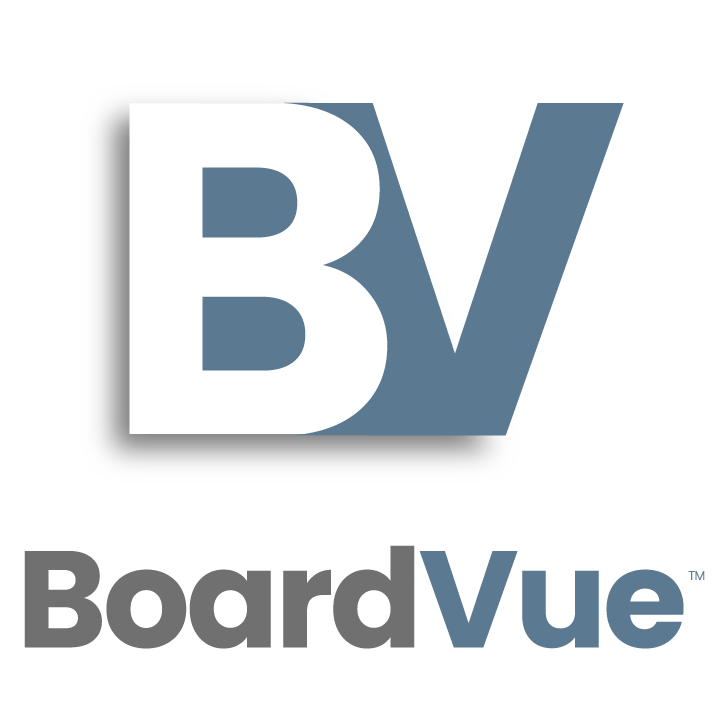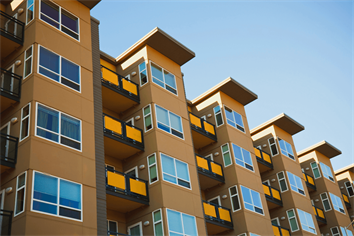As a Board member, your goal is to ensure your community thrives, operates seamlessly, and reaches its full potential. That’s why partnering with AAM means achieving that goal with advanced, personalized, and professional homeowners association management services designed to drive growth and success for your community.
In addition, we combine professional management services with a local approach, supported by extensive national resources. This unique balance ensures you gain the benefits of a local firm deeply attuned to your community’s needs, strengthened by the expertise and resources of a leading national organization.
At AAM, we believe successful community management goes beyond maintaining financial and operational health. It’s about creating a vibrant community spirit that enhances residents’ living experiences and strengthens connections.
With this, trust AAM to deliver personalized solutions and responsive services to help your community achieve peak performance and continue thriving for years.

Personalized HOA Management Services
At AAM, we don’t just manage HOAs—we elevate them. Our cutting-edge solutions streamline operations, accelerate growth, and create a seamless homeowner association experience.
What sets us apart? A perfect blend of attentive, personalized service and industry-leading tools designed to empower your community. The result is tailored expertise and strategic guidance that meet your neighborhood’s unique needs—ensuring you thrive today and tomorrow.
Elevating Every Community We Manage
Our extensive HOA management solutions cater to a broad spectrum of communities, ensuring each one benefits from attentive, specialized expertise:
- Homeowners Associations (HOAs)
- Condominium Associations
- Mixed-Use Communities
- Master-Planned Communities
- Large-Scale Onsite Communities
- Active Adult Communities
- New Home Developments
From smaller condominium projects to expansive master-planned neighborhoods, we deliver the personalized care, strategic guidance, and operational efficiency that each unique community deserves. As such, our approach ensures every community excels under our expert management.

At AAM, our unwavering passion for professional homeowners association management services and relentless pursuit of excellence set us apart. We’re committed to enhancing the lifestyle and long-term value of every community we serve. By continually refining our approach and raising the bar, we deliver an experience that supports Board members and residents and redefines industry standards.
Don’t settle for just another community management company. Instead, choose AAM to help your community thrive today—and for years to come.

Standards of Excellence
- (SOC) Type 1 Report: Internal controls and accounting processes are secure and transparent
- Collections management process that lowers delinquency rates
- Robust cloud-based knowledge management system
- Live Customer Support
- All calls are answered quickly or returned within 24 hours

Leading Technology
- Cloud-based Board, Resident, Closing, and Attorney Portals
- 24×7 access to all community information
- Online payments, bank reports, balances, and documents
- System alerts to notify employees of issues
- Automated workflow wizards for task routing and approvals

Unrivaled Experts
- State-certified Community Association managers
- Degreed Accountants and Certified Public Accountants
- Experienced and professional:
- On-site Management Staff
- In House IT Staff
- Industry Executives
- Lifestyle Team
Community Association Management Services
At AAM, we deliver more than just management—we provide a partnership built on expertise, innovation, and personalized care. From seamless day-to-day operations to strategic financial oversight, our services are designed to elevate your community. With AAM, you can access cutting-edge tools, custom solutions, and a dedicated team committed to your success. Here’s what our clients receive when they choose AAM for their homeowners association management services.

Superior Financial Management
At AAM, we go beyond basic financial administration—our team meticulously supports every association’s accounting and fiscal strategies. Through partnerships with large-scale communities and nationwide developers, we’ve developed robust financial operating models that strengthen controls, amplify efficiency, and deliver cutting-edge tools. From there, custom-tailored reporting and strategic financial insights ensure enduring stability and long-term growth, all backed by AAM’s expert guidance.
Proactive Communication
At AAM, we understand that exceptional communication is the cornerstone of successful community association management. As a result, we’ve invested in advanced tools and tailored strategies that enhance how we connect with residents and keep them engaged and well-informed. From streamlined updates to dynamic community platforms, our resources ensure everyone remains fully immersed in the life and growth of their neighborhood.


HOA Board Member Resources
AAM is dedicated to empowering your Board with the knowledge and confidence it needs to lead effectively. For this reason, we host frequent Board Training designed for new and seasoned members, providing an opportunity to refine essential skills, stay current on evolving regulations, and address community-specific concerns. These sessions ensure everyone is well-versed in core responsibilities while keeping Boards informed about the latest industry best practices, legal changes, and innovative strategies for community success. By continually offering these trainings, AAM helps cultivate informed leadership and enduring excellence.
Peace of Mind Compliance
At AAM, we excel at managing the day-to-day operations of associations of every type and scale, thereby ensuring a seamless, worry-free experience. Our approach exceeds essential oversight, delivering invaluable governance, administration, vendor coordination, and routine operations support.


Responsive Customer Support
At AAM, we prioritize homeowners’ needs by delivering responsive, top-tier support every step of the way. With live customer support, dedicated administrative assistants, and a 24/7 emergency pager, we’re always here when you need us—because happy neighborhoods are our mission.
Experienced Staff & Award Winning Culture
At AAM, we believe happy employees create outstanding customer experiences. That’s why we’ve been recognized as a Best Places to Work award winner since 2013 and proudly added Great Places to Work to our accolades. Our flexible work structure, vibrant culture, and generous time off empower our team to recharge, pursue their passions, and give back to their communities. A thriving culture builds long-term tenure and delivers the unparalleled service our customers deserve!

Mobile App & Resident Portal
AAM All Access is your secure, real-time gateway to transparent community management. With a focus on efficiency and clarity, it delivers instant insights into essential operations—ensuring every resident can conveniently access vital information, communication tools, and expert guidance in one centralized hub. More than just streamlining the management experience, AAM All Access elevates it.
Board Portal
Exceptional communities thrive when informed decisions and open governance go hand-in-hand. AAM sets a new standard by granting client communities exclusive access to our Management/Board Portal—your single, secure gateway to real-time insights. With just a simple login and an intuitive mobile app, you’ll gain a full, transparent view of your management team’s activities. As a result, you’ll experience seamless communication, data-driven decision-making, and a governance experience that truly raises the bar. Elevate your community with AAM.















